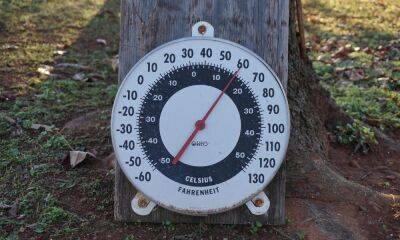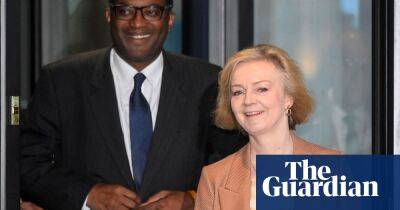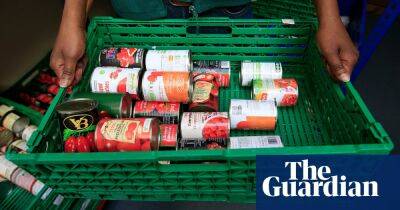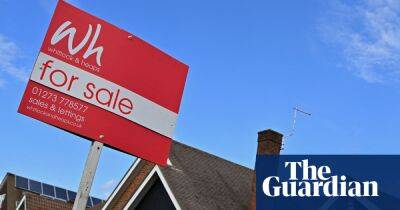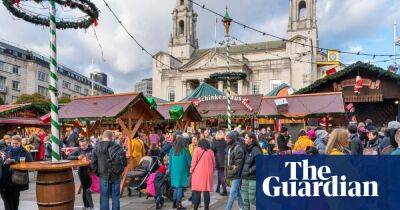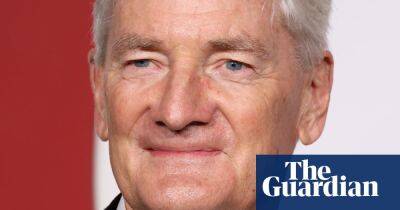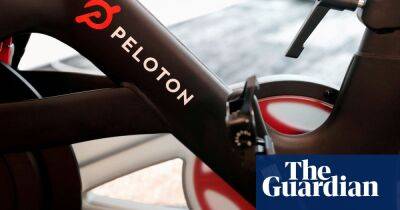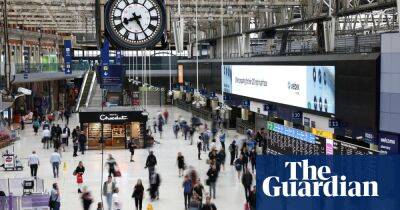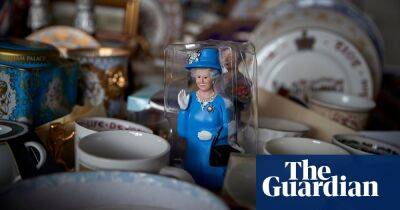The sovereign’s wealth: UK royal family’s finances – explained
King Charles III will inherit his mother’s considerable wealth alongside assets belonging to the crown. One of the richest people in the world, Queen Elizabeth II inherited much of her fortune but is credited with having made some astute investments during her long life and reign.
The sovereign and the wider royal family have three main sources of income, the crown estate, the Duchy of Lancaster and Duchy of Cornwall, much of it derived from centuries-long ownership of land and property across the country, including in central London, and even the seabed around swathes of the British Isles, amounting to assets with a combined value of more than £17bn.
The largest land and property holdings of the monarch are managed by the crown estate. These include sizeable chunks of central London – the monarch is one of the largest property owners in the West End, including St James and Regent Street – as well as farmland, offices and retail parks from Southampton to Newcastle.
In addition, the monarch owns the seabed and half the foreshore around large parts of England, Wales and Northern Ireland, an asset that has become increasingly lucrative since the North Sea oil boom and, more recently, auctions of plots for offshore windfarms. The crown estate is also responsible for managing the whole of the Windsor estate, which spans nearly 16,000 acres and includes parkland and ancient woodland, as well as the Ascot racecourse.
The total value of the properties owned by the crown estate was estimated at £15.6bn in the most annual accounts, released in June.
The estate describes its role as “generating profit for the Treasury for the benefit of the nation’s finances”. The estate made a profit of almost £318m in the last financial year, which
Read more on theguardian.com





